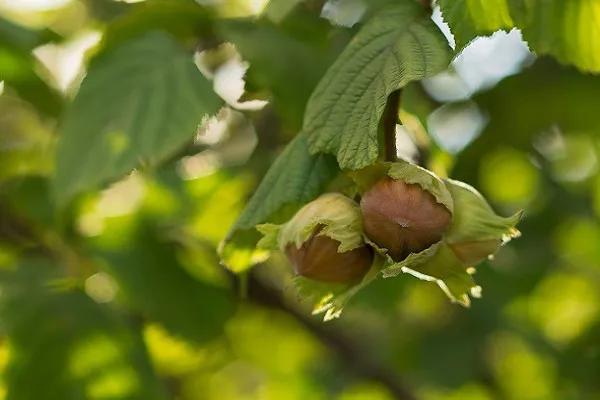Food fraud concerning the geographical origin of hazelnuts intended for consumption is a problem that damages the agri-food sector and generates economic losses and consumer distrust. With a world production of around 590,000 tonnes per year, prices vary greatly according to origin, and fraud is particularly detrimental to local products with a protected designation or geographical indication (PDO and PGI). There is still no official analytical methodology to authenticate the origin of hazelnuts, and official controls — based on documentary traceability — are insufficient to prevent fraud.

Now research carried out as part of the TRACENUTS project, funded by the Ministry of Science, Innovation and Universities (PID2020-117701RB100) and led by Professor Stefania Vichi, from the Faculty of Pharmacy and Food Sciences and the Institute for Research in Nutrition and Food Safety of the University of Barcelona (INSA), reveals new methodologies to guarantee the origin of hazelnuts and thus avoid commercial fraud and food safety problems arising from the lack of traceability of the food. In a paper published in the journal Food Chemistry, they present the promising results of a methodology based on the use of multiple isotopic markers.
This study pioneered the application of isotopic analysis — one of the most recognised tools for verifying the geographical origin of foods — to authenticate the geographical origin of hazelnuts. In a previous study (Food Chemistry, 2024) in the same project, the team had also developed omics methods based on the evaluation of metabolic profiles to authenticate, with high efficiency, both the origin and the variety of hazelnuts.
Multidisciplinary teams from the Faculty of Pharmacy and Food Sciences, the Torribera Food Campus, INSA, the Faculty of Earth Sciences, the UB Institute of Water Research (IdRA), and the Institute of Food Research and Technology (IRTA) are involved in this research.
Isotopic markers to determine the geographical origin of hazelnuts
The isotopic composition of food is highly influenced by geographical factors such as the geology of the ground, hydrology and the agricultural practices applied on the growing soil.
"The main difficulty in geographical authentication is the complexity of agri-food systems and the factors that can influence the composition of the food, in addition to environmental factors. The advantage of certain isotopic markers, unlike other methodologies, is that they can be directly related to environmental and geological factors, without being influenced by other factors such as variety or storage conditions," says Professor Mònica Rosell, from the TECNIO MAiMA - Stable Isotopes and Mineralogy research group at the UB's Faculty of Earth Sciences and the IdRA.
One of the other milestones of the multi-isotopic approach presented by the study is the great ability to explore the potential of several isotopic markers — and identify the most promising ones — to authenticate the geographical origin of hazelnuts. More than 170 samples from three different origins, covering two crop years and several cultivars, were used.
For more information:
University of Barcelona (INSA)
